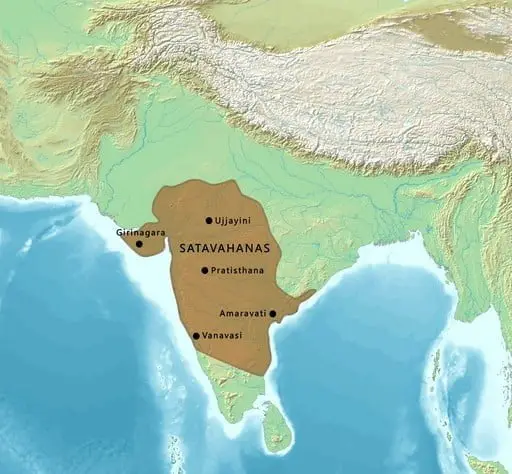Uncovering the Lost Empire: Satavahana Dynasty of India
India has a rich history that spans over several centuries. Several dynasties have ruled the country, and each of them has left their mark on India’s history. One such dynasty that is often overlooked is the Satavahanas. The Satavahanas were a dynasty that ruled over the Deccan region of India from the 2nd century BCE to the 3rd century CE. Despite their significant contributions to Indian history, the Satavahanas are often forgotten. In this article, we will uncover the lost empire of the Satavahanas and trace their rise and fall.
Rise and Fall of the Satavahanas: Tracing their Legacy
The Satavahana dynasty ruled over the Deccan region of India. They emerged as a significant power in the 2nd century BCE, and their reign lasted until the 3rd century CE. The Satavahanas were known for their military prowess, and they established a vast empire that extended from the Godavari River in the east to the Arabian Sea in the west.
The Satavahanas were also known for their patronage of art, literature, and architecture. They were great builders and constructed several magnificent structures, including the famous Buddhist stupa at Amaravati. The Satavahanas were also responsible for the creation of the art style known as the Satavahana art, which blended Indian and Greek influences.
The Satavahanas were also religiously tolerant and supported several different religions, including Buddhism, Jainism, and Hinduism. They were instrumental in the spread of Buddhism in India and even sent Buddhist missionaries to Sri Lanka.
Despite their significant contributions to Indian history, the Satavahanas were eventually defeated by the Ikshvaku dynasty in the 3rd century CE. The exact reasons for their downfall are unclear, but it is believed that internal conflicts and external pressures from neighboring kingdoms contributed to their decline.
After their downfall, the Satavahanas were largely forgotten until the 19th century when the British discovered the ruins of their ancient capital, Paithan. Since then, several archaeological discoveries have shed light on the Satavahanas and their contributions to Indian history.
Today, the legacy of the Satavahanas lives on in the Deccan region of India. Their art, architecture, and religious tolerance continue to inspire people, and their significant contributions to Indian history are recognized and celebrated.
In conclusion, the Satavahanas were a significant dynasty that ruled over the Deccan region of India. Despite their military prowess, artistry, and religious tolerance, they are often overlooked in Indian history. However, their legacy lives on, and they continue to inspire people today.
Image Credit
Map created from DEMIS Mapserver, which are public domain. Koba-chan.Reference: [1], CC BY-SA 3.0, via Wikimedia Commons
